Get your dose of History via Email
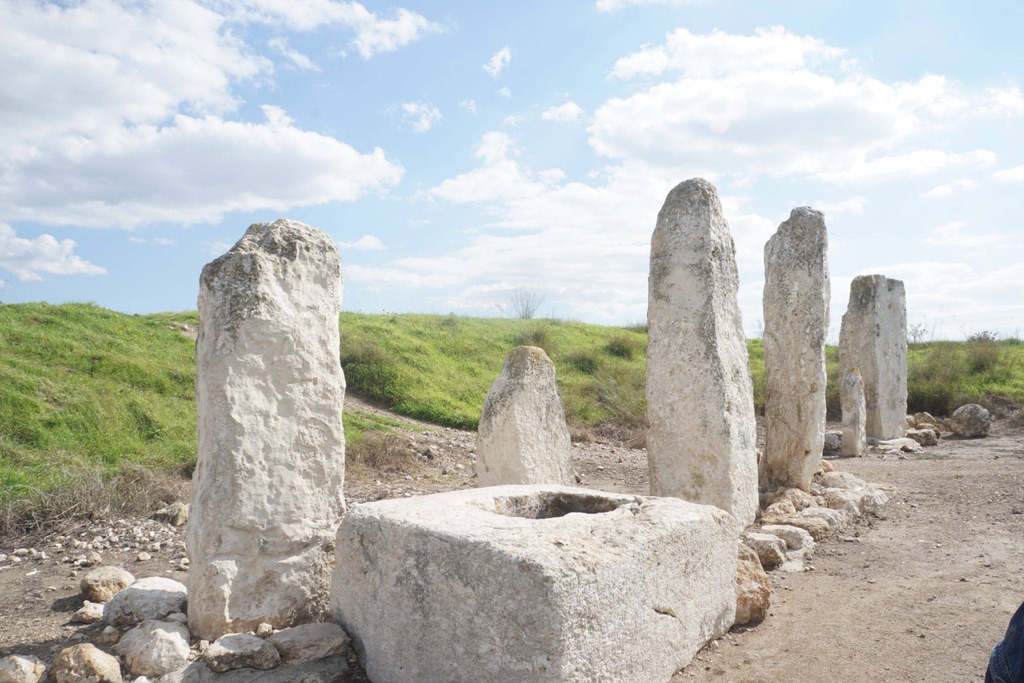
What is the historical significance of Tel Gezer and what civilizations have inhabited it?
Tel Gezer’s historical significance lies in its long and diverse history of habitation by various civilizations. The site was first occupied during the Chalcolithic period, and it was continuously inhabited through the Bronze Age and iron-man-statue-of-tibet/”>iron-man-tibet/”>statue-of-tibet/”>Iron Age. The Canaanites, Egyptians, Philistines, Israelites, Assyrians, and Romans are among the civilizations that have left their mark on Tel Gezer.
The city was a major Canaanite city-state in the Bronze Age, known for its massive fortifications and monumental architecture. During the Late Bronze Age, it was one of the cities mentioned in the Amarna letters, a series of diplomatic correspondences between the Egyptian pharaohs and their vassal states in Canaan.
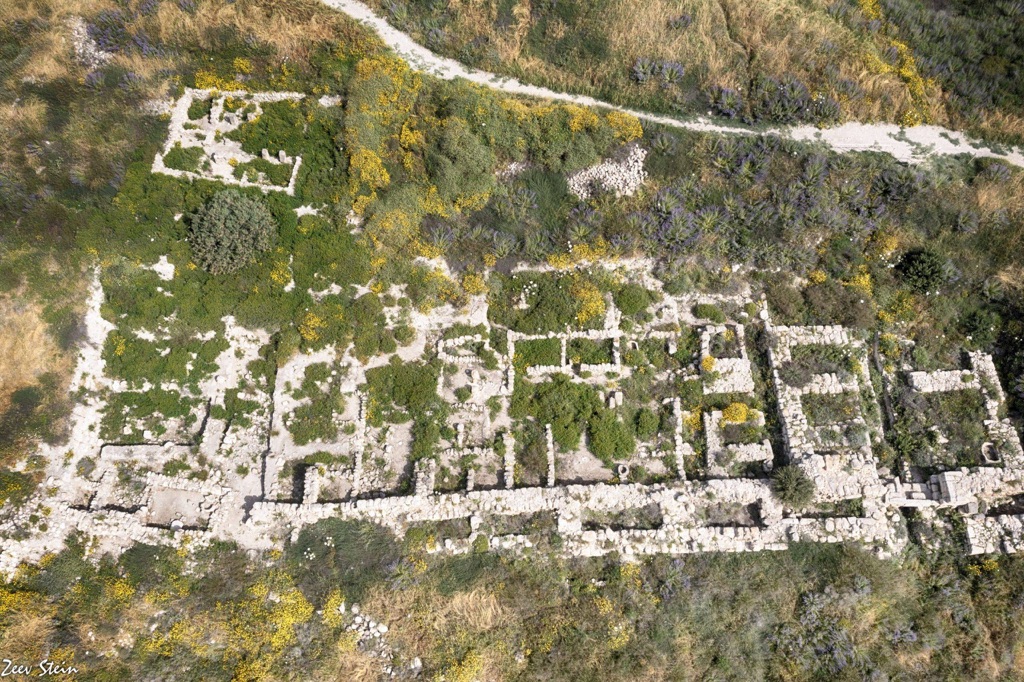
With the arrival of the Israelites, Tel Gezer became one of the cities in the tribal allotment of Ephraim. It was later incorporated into the United Monarchy under King Solomon, who, according to the Bible, fortified the city along with Jerusalem, Hazor, and Megiddo. In the subsequent periods, the city changed hands between the Assyrians, Babylonians, Persians, and Greeks, before falling under Roman rule.
Despite its tumultuous history, Tel Gezer managed to maintain its strategic importance due to its location at the crossroads of the Via Maris, an ancient trade route connecting islamic-city-of-balat-in-egypt/”>islamic-city-of-egypt/”>balat-in-egypt/”>Egypt and Mesopotamia, and the road leading to Jerusalem. This made it a key center of trade, culture, and military strategy for the civilizations that controlled it.
Archaeological excavations at Tel Gezer have revealed a wealth of information about the civilizations that inhabited it. These findings, combined with historical and biblical references, have helped to establish a comprehensive picture of life in ancient Canaan and Israel.
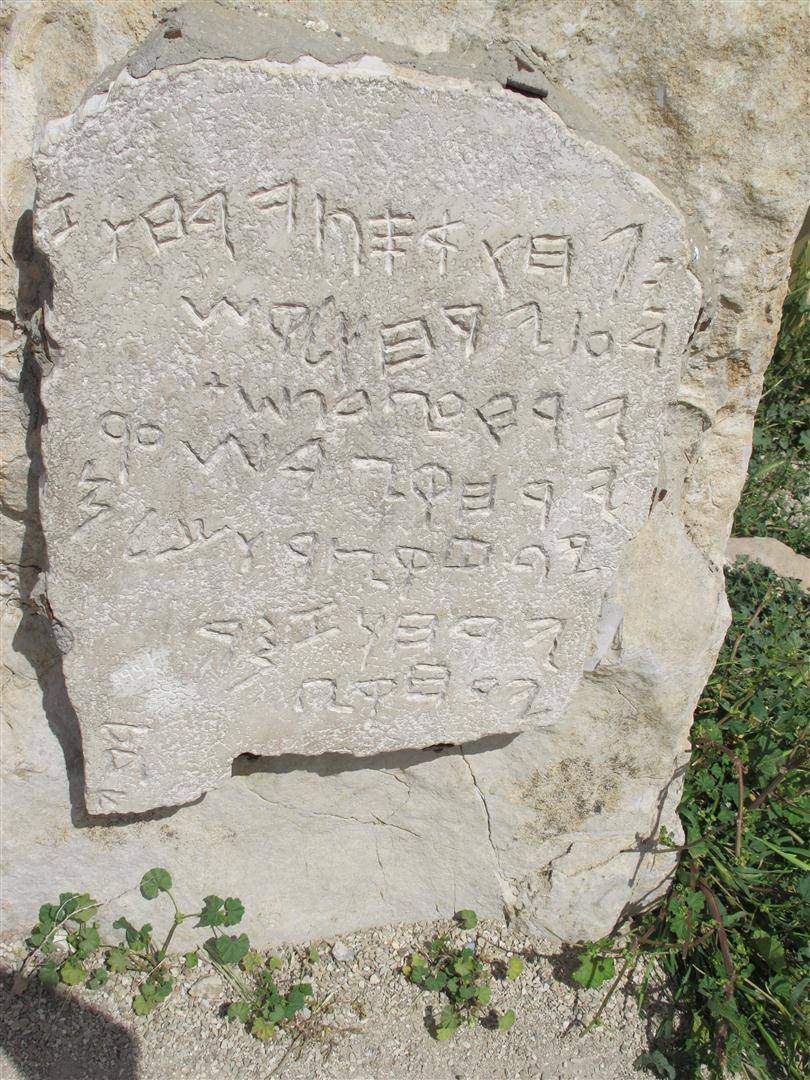
What are some of the key archaeological discoveries that have been made at Tel Gezer?
Since the first excavations at Tel Gezer in the early 20th century, archaeologists have made numerous significant discoveries that have shed light on the site’s history and the civilizations that inhabited it. These include the remains of a massive Canaanite city wall and gate, a Philistine pottery workshop, an Israelite water system, and a large collection of inscriptions and artifacts.
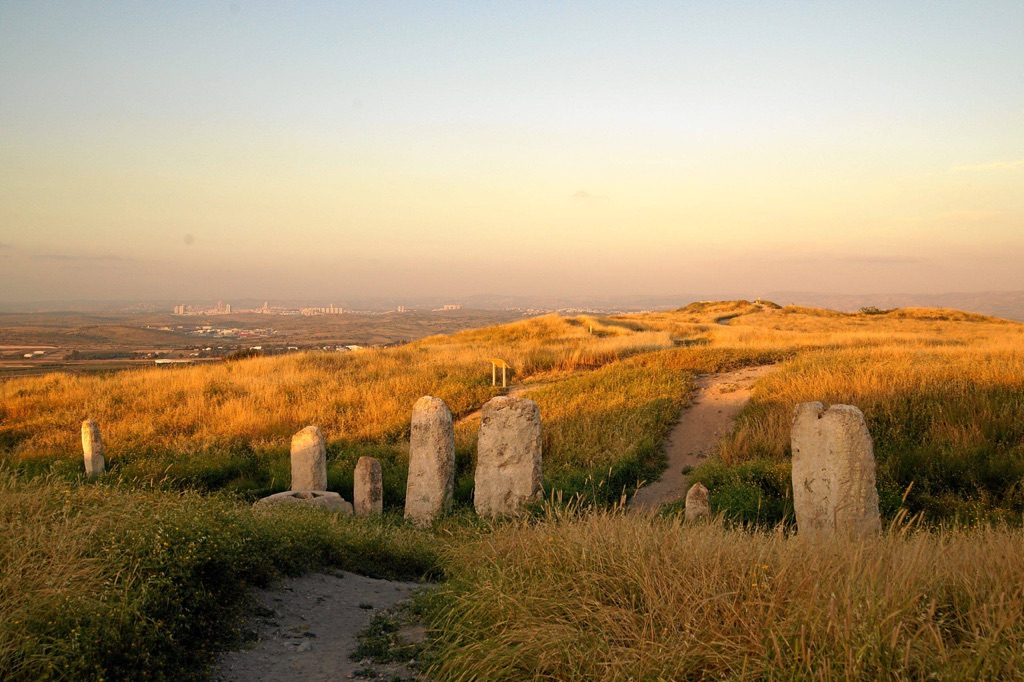
The Canaanite city wall, dating back to the Middle Bronze Age, is one of the most impressive structures at Tel Gezer. It is a massive fortification system that includes a city gate, towers, and a glacis. The wall is a testament to the city’s importance and the sophistication of Canaanite engineering and construction techniques.
Another significant discovery is the Philistine pottery workshop, which dates to the Iron Age. The workshop contains numerous pottery kilns and a large number of pottery vessels, providing valuable insights into Philistine pottery production and trade.

The Israelite water system, which dates to the Iron Age II, is a complex engineering feat that involved the construction of a deep shaft and a tunnel leading to a water source outside the city walls. This system ensured a reliable water supply for the city’s inhabitants, even during times of siege.
Among the inscriptions found at Tel Gezer, the most famous is the Gezer Calendar, a small limestone tablet inscribed with an agricultural calendar in ancient Hebrew script. This artifact, dating to the 10th century BCE, provides valuable insights into the agricultural practices and the lunar calendar used by the Israelites.
Other notable finds include a large number of seals and seal impressions, figurines, jewelry, weapons, and a unique collection of Canaanite and Philistine pottery. These artifacts provide a wealth of information about the social, economic, and religious life of the people who lived in Tel Gezer.
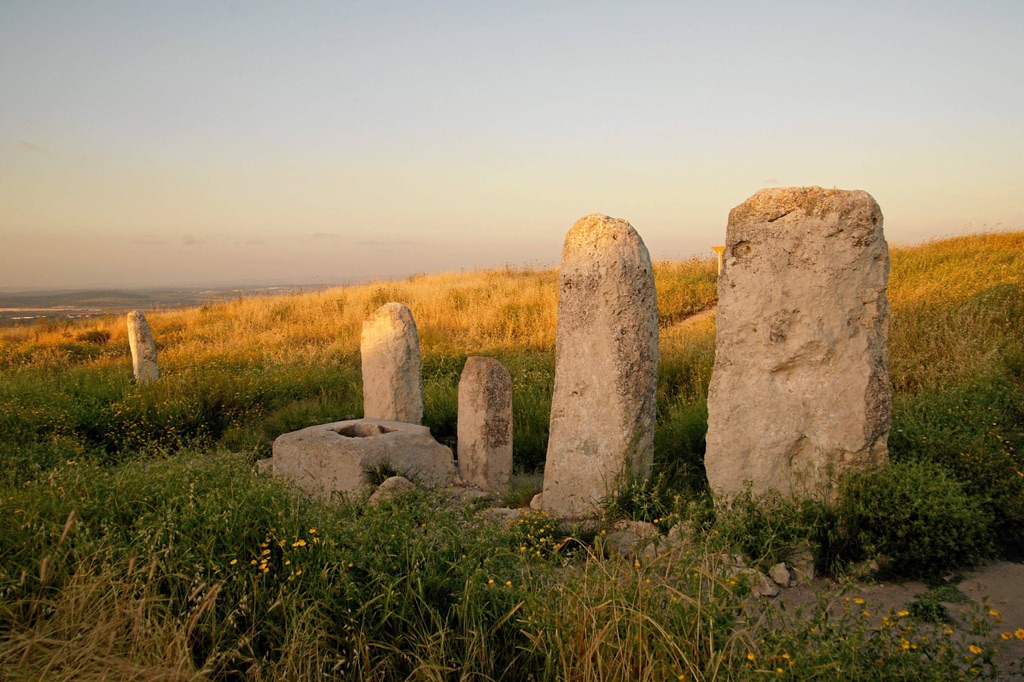
What role did Tel Gezer play in the ancient trade routes and why was its location significant?
Tel Gezer’s strategic location at the crossroads of major ancient trade routes played a significant role in its history and development. The city was situated on the Via Maris, an important trade route that connected Egypt and Mesopotamia, and it was also at the junction of the road leading to Jerusalem. This made it a key center of trade and a strategic military outpost for the civilizations that controlled it.
The Via Maris was a major artery of commerce and communication in the ancient Near East. It facilitated the movement of goods, people, and ideas between Egypt, Canaan, Syria, and Mesopotamia. As a city on this route, Tel Gezer would have been a bustling hub of trade, attracting merchants and traders from far and wide.
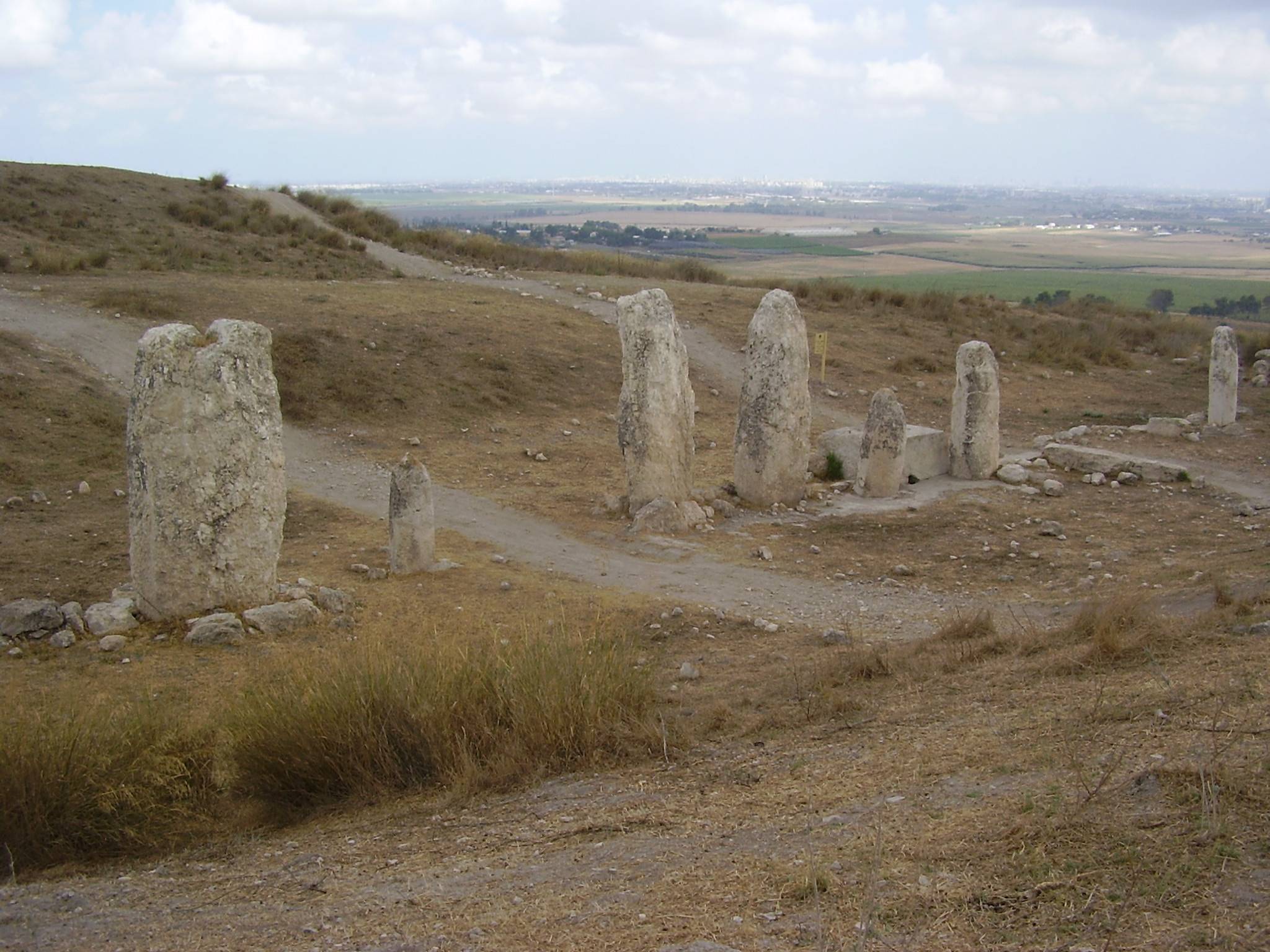
The city’s location also made it a strategic military outpost. It commanded a panoramic view of the coastal plain and the road to Jerusalem, making it an ideal spot for monitoring and controlling movement along these routes. This strategic importance is reflected in the city’s massive fortifications and the frequent battles and sieges it witnessed throughout its history.
Moreover, Tel Gezer’s location near fertile agricultural lands and water sources would have made it an attractive place for settlement and agriculture. The Gezer Calendar, with its references to agricultural activities, attests to the importance of farming in the city’s economy.
In sum, Tel Gezer’s location was a key factor in its historical significance and its role in the ancient trade routes. It shaped the city’s economic, military, and cultural development and made it a major center of ancient civilizations.
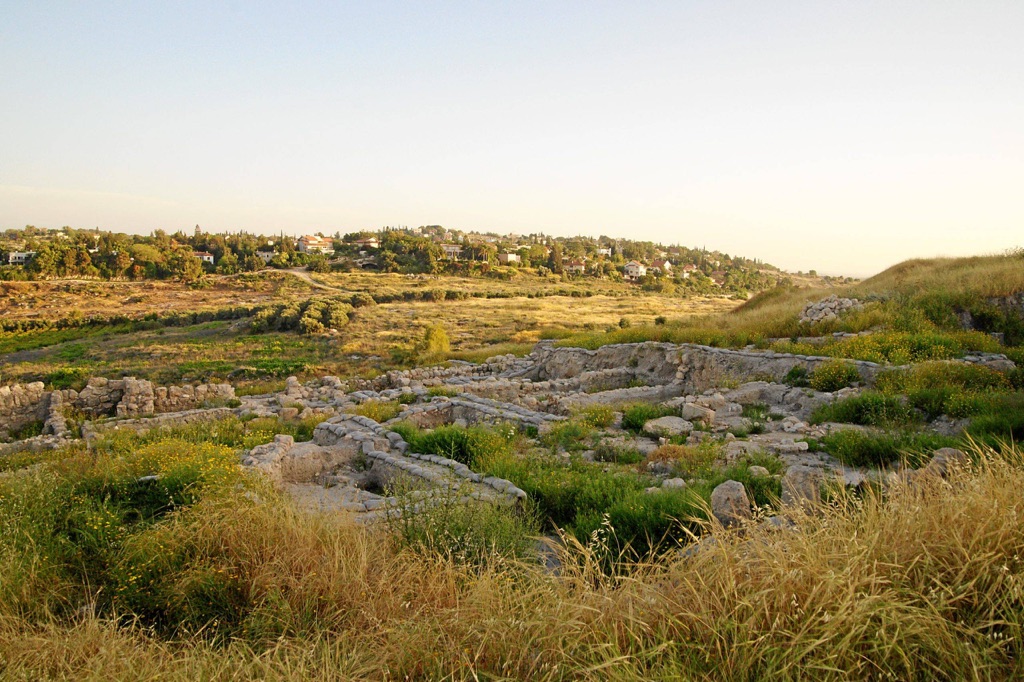
What types of artifacts have been discovered at Tel Gezer and what do they tell us about the people who lived there?
The archaeological excavations at Tel Gezer have yielded a rich collection of artifacts that provide valuable insights into the cultures and civilizations that inhabited the site. These include pottery vessels, seals and seal impressions, inscriptions, figurines, jewelry, weapons, and architectural remains.
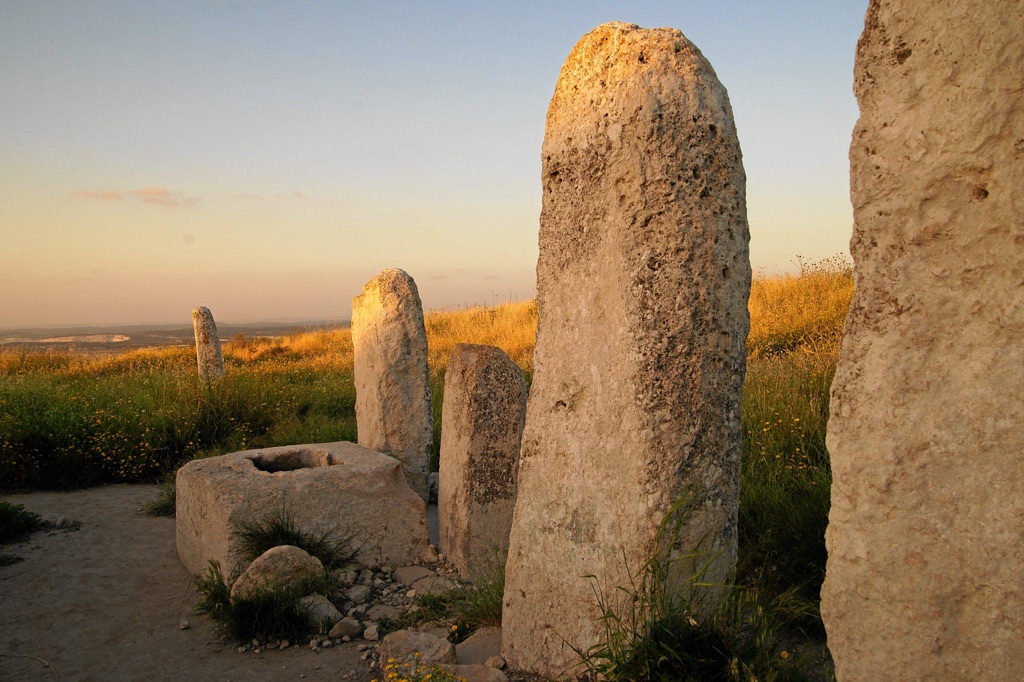
Pottery is one of the most common types of artifacts found at Tel Gezer. The pottery vessels range from simple cooking pots to elaborate ceremonial vessels, and they span the entire history of the site from the Chalcolithic period to the Roman period. The pottery styles and techniques reflect the cultural influences of the various civilizations that inhabited the site, including the Canaanites, Philistines, Israelites, and Romans.
The seals and seal impressions, many of which bear the names of individuals or officials, provide valuable information about the administrative and economic activities of the city. They attest to the city’s role as a major administrative and economic center in the ancient Near East.
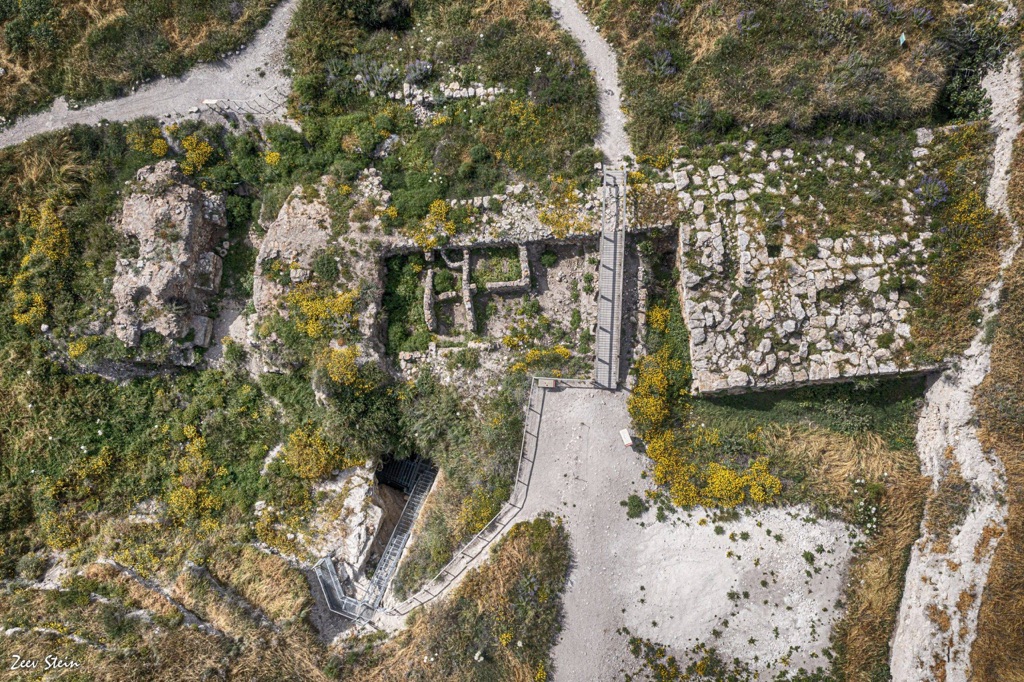
The inscriptions found at Tel Gezer, such as the Gezer Calendar, are of great historical and linguistic significance. They provide insights into the languages, scripts, and literacy of the people who lived in the city, as well as their religious beliefs, agricultural practices, and social structures.
The figurines, jewelry, and weapons found at the site shed light on the religious beliefs, artistic tastes, and military technologies of the city’s inhabitants. The architectural remains, including the city walls, gates, houses, and water system, reveal the city’s urban planning, construction techniques, and living conditions.
In conclusion, the artifacts discovered at Tel Gezer offer a wealth of information about the people who lived there. They paint a vivid picture of the city’s history, culture, economy, and society, and they contribute significantly to our understanding of the ancient Near East.
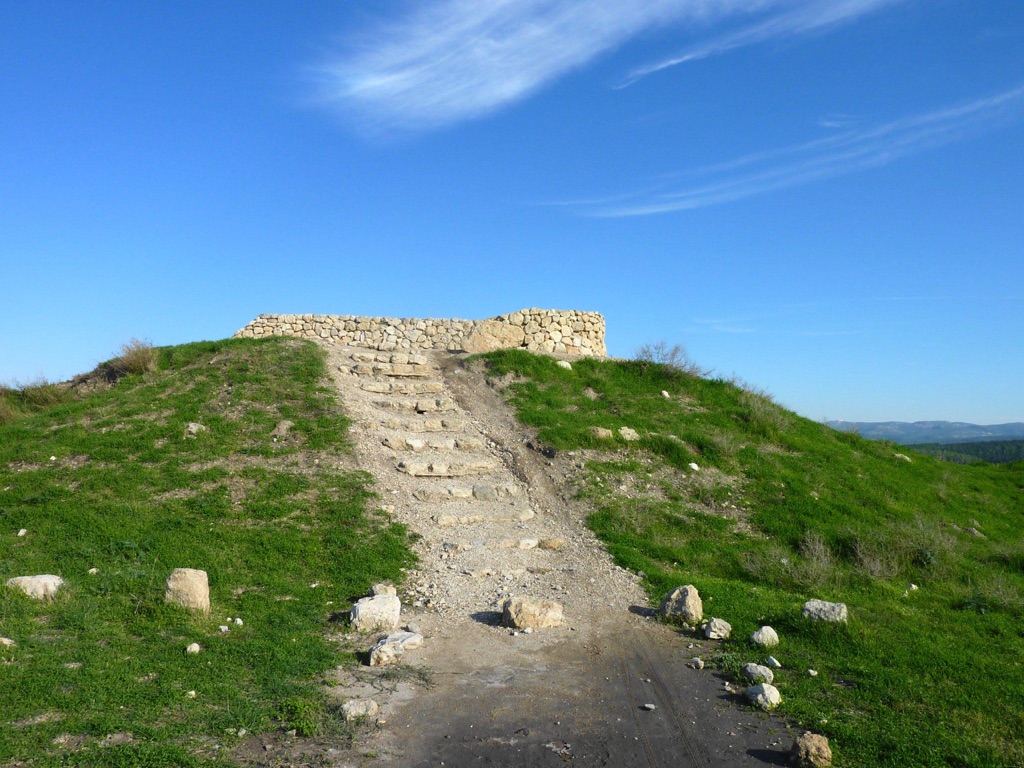
How is the archaeological site of Tel Gezer being preserved and protected for future study and visitation?
The archaeological site of Tel Gezer is being preserved and protected through a combination of conservation measures, research, and public education. The site is managed by the Israel Antiquities Authority (IAA), which is responsible for its preservation, research, and presentation to the public.
The IAA carries out regular maintenance and conservation work at the site to prevent damage and deterioration. This includes stabilizing the archaeological remains, treating and preserving the artifacts, and monitoring the site for any signs of damage or illegal activity.
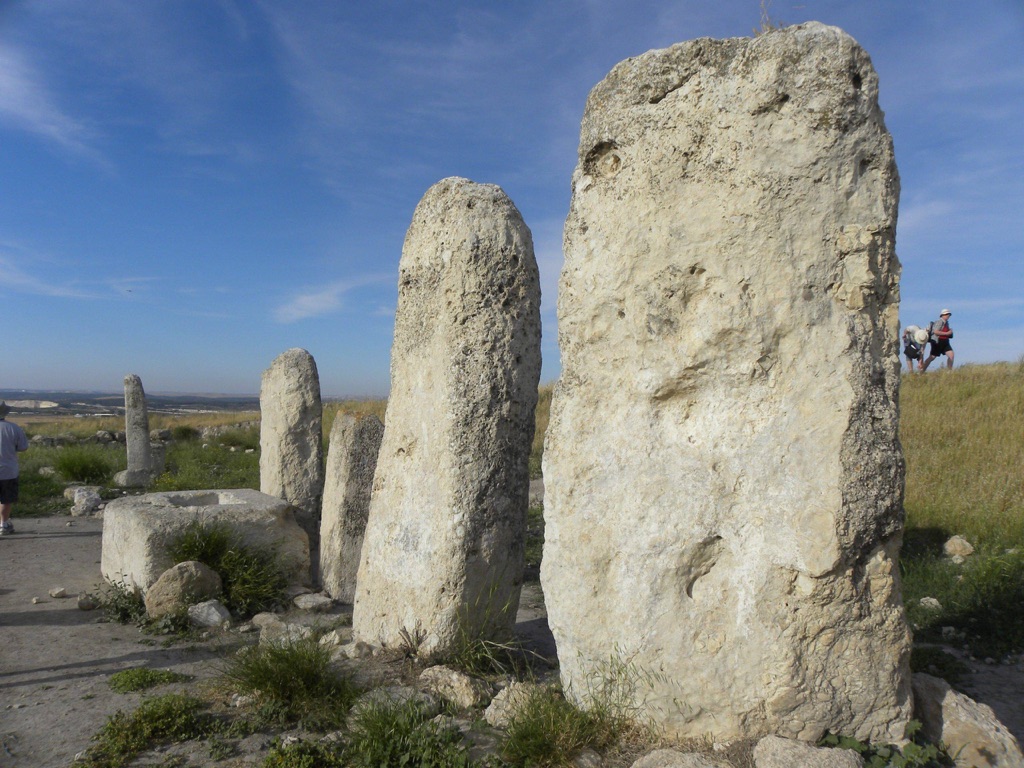
Research and excavation at Tel Gezer continue under the supervision of the IAA and in collaboration with various academic institutions. The aim is to further our understanding of the site’s history and archaeology, and to ensure that any new discoveries are properly documented and preserved.
The IAA also promotes public education and awareness about the importance of preserving Tel Gezer. The site is open to the public, and visitors can explore the archaeological remains, learn about the site’s history and archaeology, and participate in educational programs and activities. The IAA also provides information and resources about the site online and in print.
In addition, the IAA works closely with local communities, government agencies, and international organizations to protect and promote Tel Gezer. This includes efforts to secure the site’s legal protection, to develop sustainable tourism, and to foster international cooperation in archaeological research and heritage preservation.
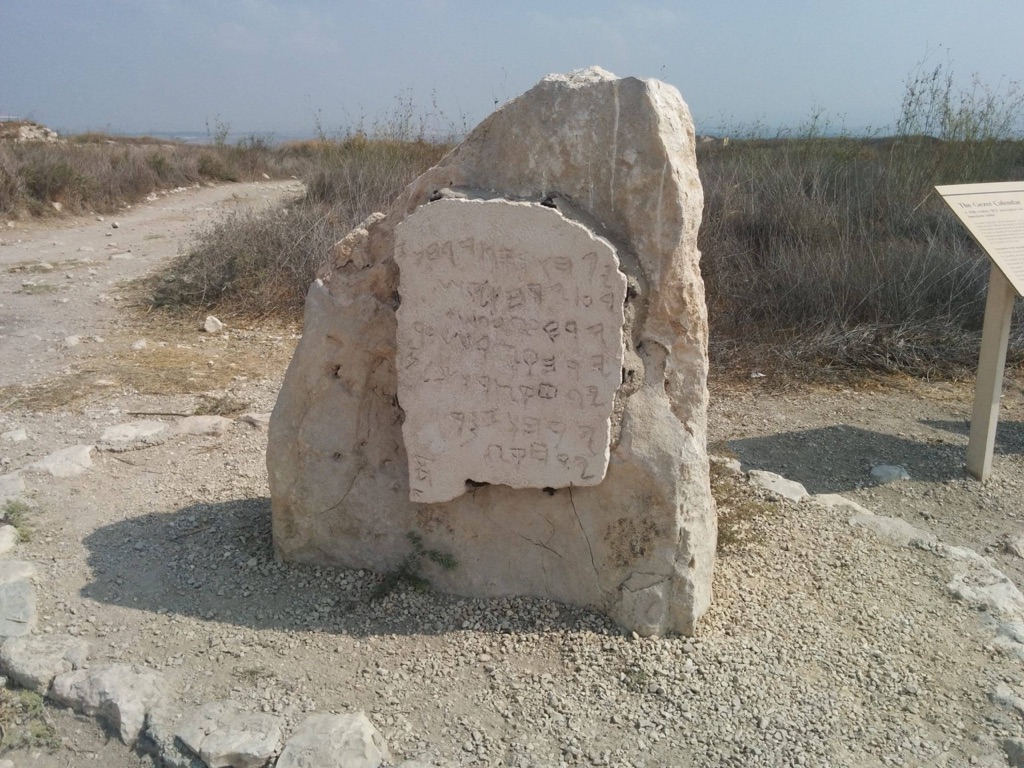
Conclusion and Sources
In conclusion, Tel Gezer is a significant archaeological site that offers a wealth of information about the history, culture, and civilizations of the ancient Near East. Its strategic location, rich archaeological findings, and long history of habitation make it a key site for understanding the ancient world. The ongoing efforts to preserve and protect Tel Gezer ensure that this invaluable heritage will continue to be studied and appreciated by future generations.

For further reading and to verify the information provided, the following sources are recommended:
